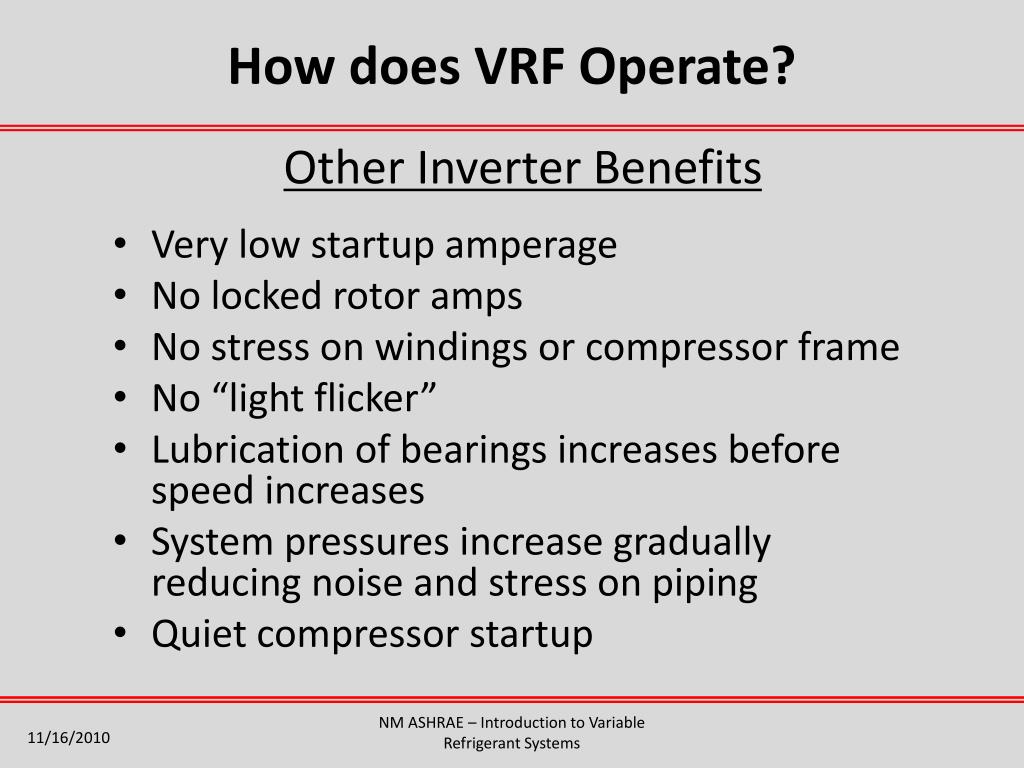
.png)
- Does reducing timeslice increase system speed drivers#
- Does reducing timeslice increase system speed software#
- Does reducing timeslice increase system speed code#
- Does reducing timeslice increase system speed windows#
A hard real-time system doesn't tolerate missed deadlines.
Does reducing timeslice increase system speed software#
Software in such a scenario might play a more active role in the operation of the conveyor belt, perhaps sending a signal to a motor controller to increase or decrease the speed when the current value is out of some predefined range.Ī distinction is sometimes made between hard real-time systems and soft real-time systems. When an interrupt is triggered, the software might need to read and store a measurement of, say, the speed at which a conveyor belt is moving. Such a device might be an external sensor that generates 10,000 interrupts per second.

Often, the timing considerations are driven by the needs of some outside device.
Does reducing timeslice increase system speed windows#
I'll conclude with detailed coverage of the Windows CE 3.0 enhancements that Microsoft provides for building real-time systems.Ī real-time system is a computer systemâ€"including hardware, operating system, device drivers, and application softwareâ€"that must be able to handle a specific set of activities within a specified timeframe. As you'll see, Windows CE has features in common with desktop systems, but with its own twist. For readers new to Windows CE, I'll discuss Windows CE-specific features that support the creation of real-time systems. For readers who are new to real-time, I'll start with a description of key terms related to real-time programming. This article provides a developer's-eye view of the real-time support in Windows CE 3.0. And even then, your development team needs to clearly define its real-time goals and measure against these goals early and often.
Does reducing timeslice increase system speed drivers#
You also need a CPU that is fast enough to carry the load, device drivers that behave properly, and application software that uses high-priority threads dedicated to doing the time-critical work. Great real-time support in an operating system is necessary, but not sufficient for building a system that provides adequate real-time responsiveness. Of course, the mere presence of great real-time support in the operating system doesn't guarantee that every system will have specific real-time responsiveness, just as having a powerful engine in a car doesn't by itself guarantee that it will drive like an Indy 500 race car. Developers now have total control over system scheduling, with a wide range of features that help support the creation of real-time systems. It adds support for nestable interrupts, more thread priority levels, and refinements to the Windows CE scheduler.

The recently released Windows CE 3.0 improves on the real-time support of previous versions. Microsoft provides a broad range of reference builds (such as MINSHELL, MININPUT, and MAXALL) to use as a starting point, all of which can be supplemented with any of the hundreds of components from the Windows CE Platform Builder, or from a system integrator specializing in Windows CE. And if MINKERN doesn't provide all that you need, that's no problem at all. But with that kernel you get support for multiple processes, multithreaded programming, dynamic link libraries, and virtual memory management, as well as an incredible array of I/O device drivers and a rich set of Win32® synchronization objects. You might only need the level of support provided by MINKERN, a 350KB build that has no graphics, no windows, and no user interfaceâ€"just the basic kernel services and some network support. How can an operating system be both small and rich in features? The answer is that Windows CE is highly configurable. What Windows CE provides, then, is a small, yet feature-rich, operating system. When you consider the built-in featuresâ€"a rich multithreaded programming model, sophisticated memory management, a large set of device drivers, and a set of refined development and debugging toolsâ€"you realize that developers of nontrivial real-time systems must recreate in other real-time operating systems features that come with Windows CE. Icrosoft® created Windows® CE as a small, configurable, well-connected, real-time operating system (RTOS). Refinements to the Windows CE scheduler and support for nestable interrupts are also covered. An extensive look at threads and thread priority, misconceptions surrounding them, and their impact on performance is included. The way interrupt handlers, processes, memory management, and synchronization work in Windows CE 3.0 is discussed. This article looks at specific support for the creation of real-time systems and how it compares to the support in Windows for the desktop. In Windows CE 3.0, the real-time support has been improved. SUMMARYWindows CE is a small, configurable, feature-rich, real-time operating system.
Does reducing timeslice increase system speed code#
This article assumes you�re familiar with Windows CEĭownload the code for this article: Yao1100.exe (51KB)īrowse the code for this article at Code Center: WinCE Thread Handling Windows CE 3.0: Enhanced Real-Time Features Provide Sophisticated Thread Handling


 0 kommentar(er)
0 kommentar(er)
